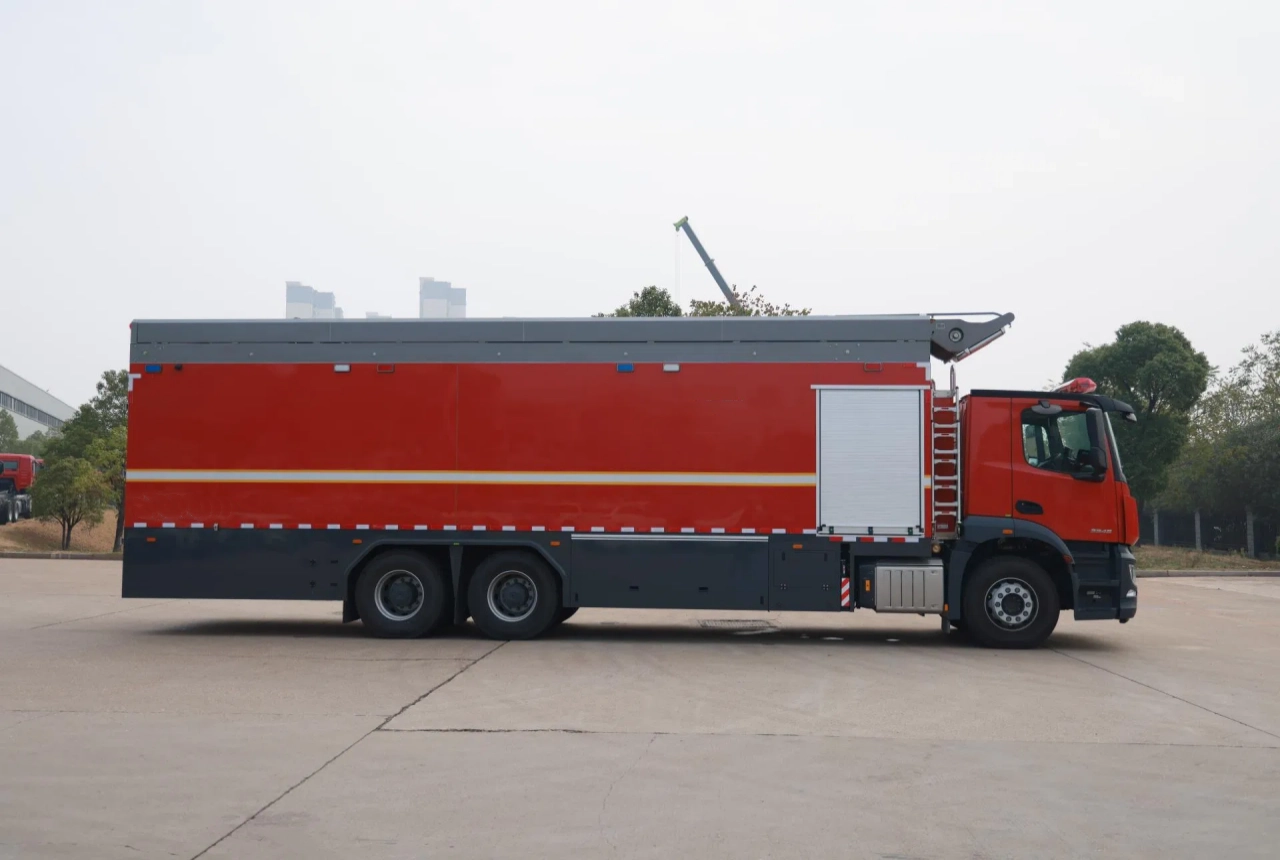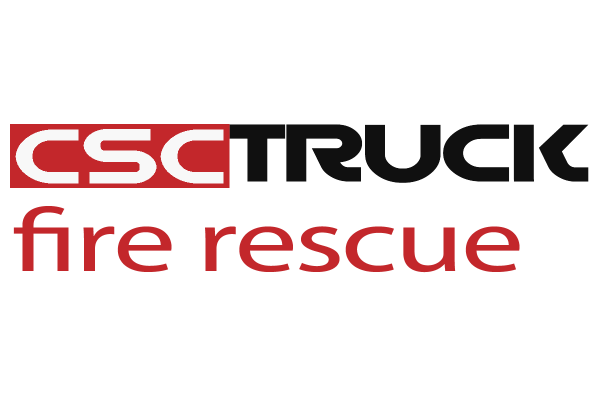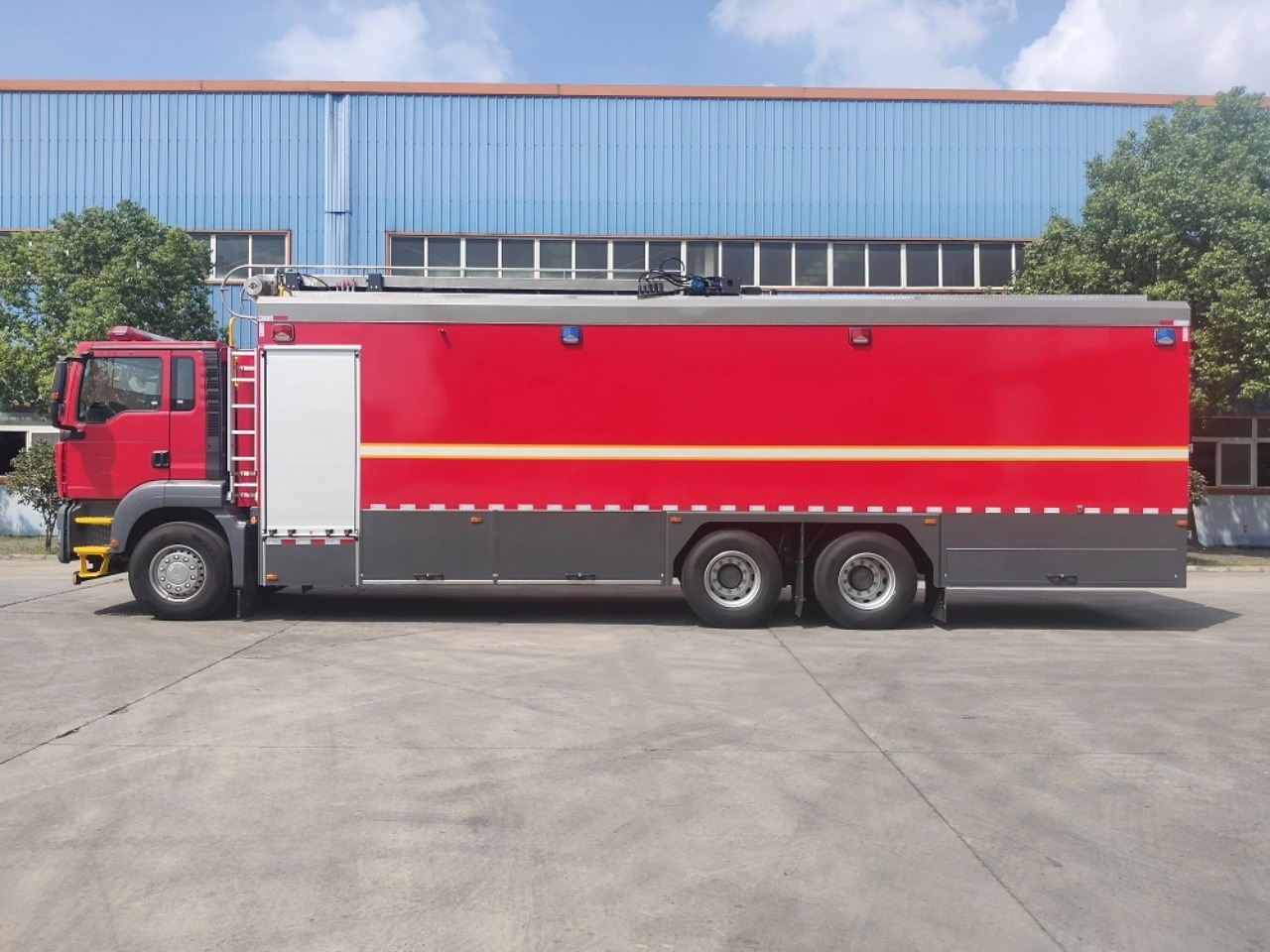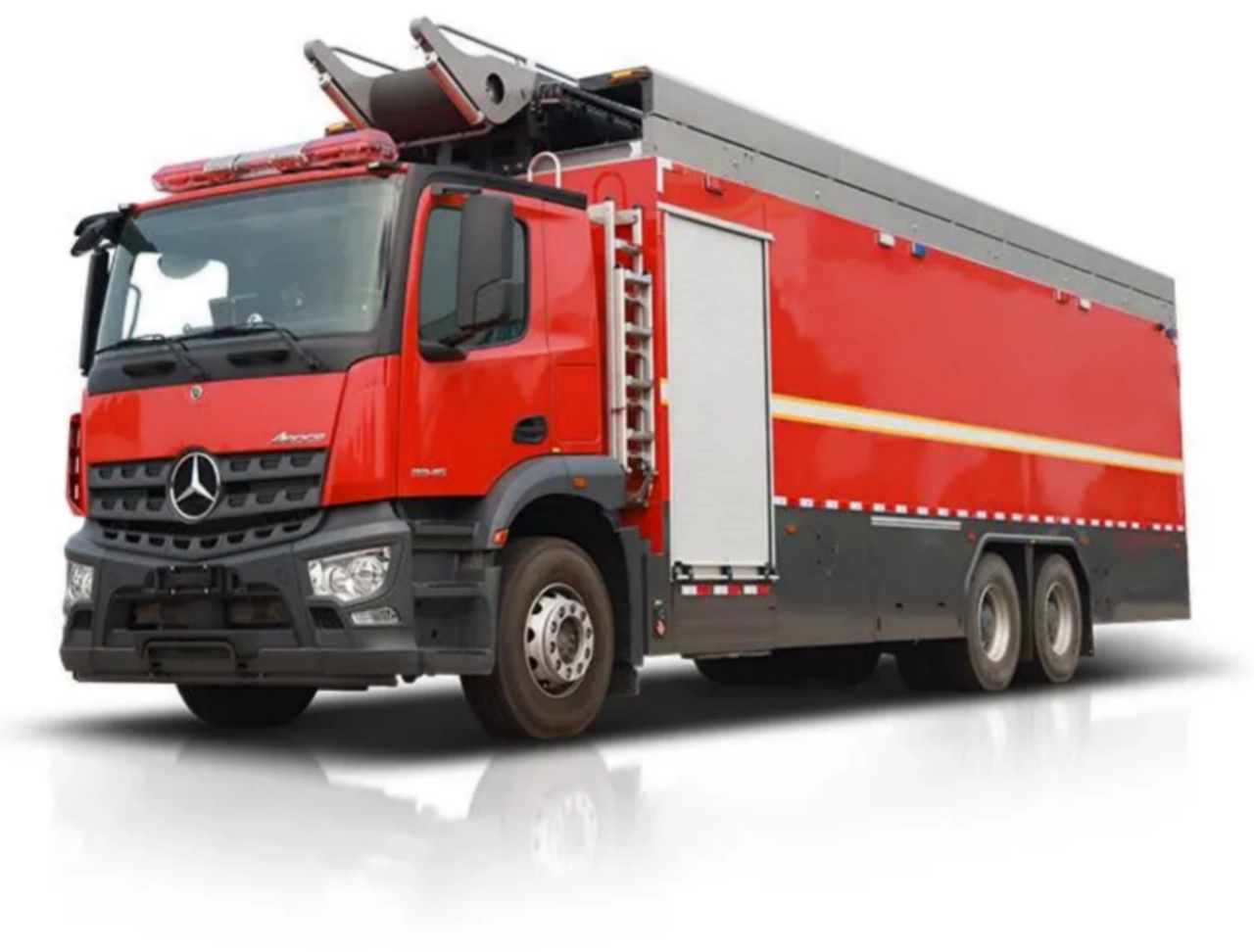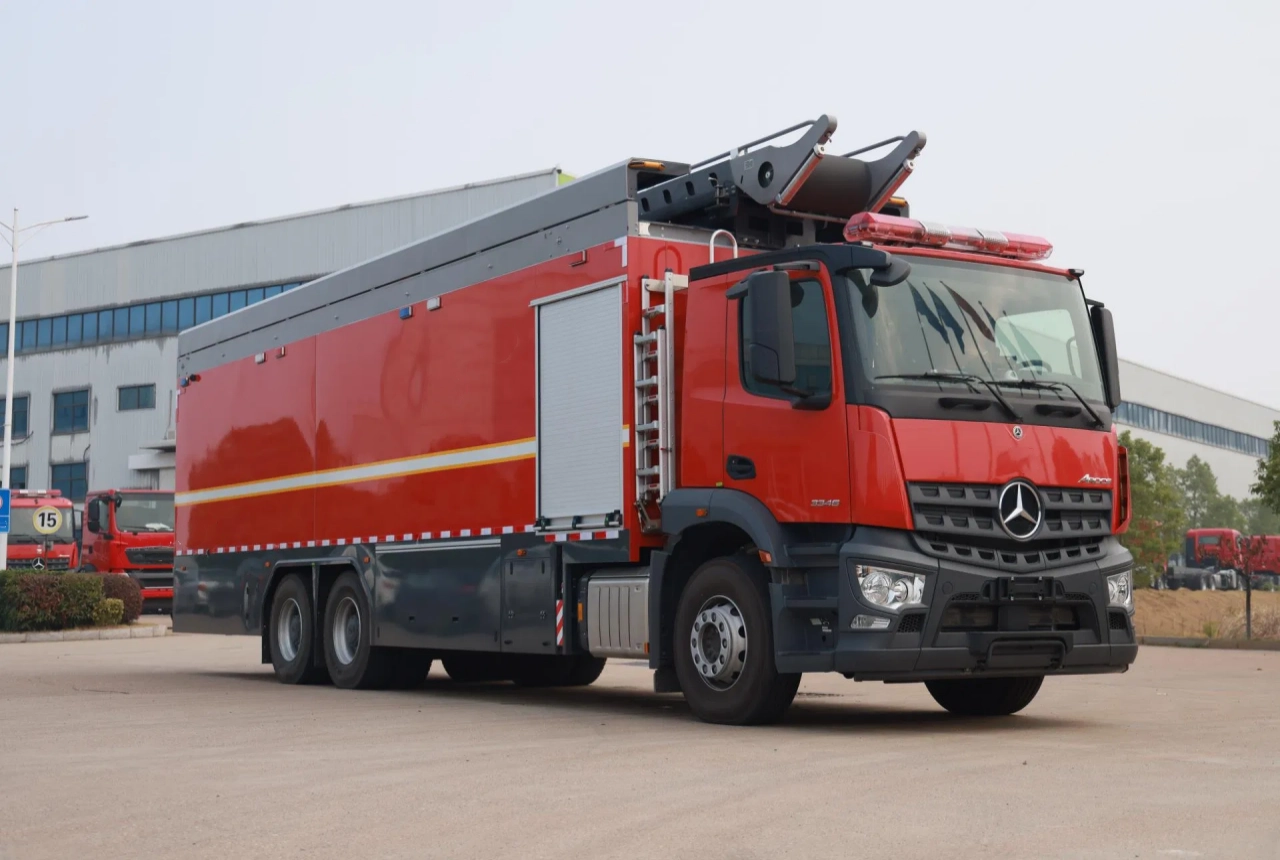In various industries—from firefighting to fuel delivery, agricultural irrigation to sewer cleaning—hoses play a critical role in operations. These flexible conduits, often extending dozens or even hundreds of meters, enable the efficient transport of liquids, gases, and sometimes even solids. However, one persistent logistical challenge remains: Hose retrieval. Manually recoiling or collecting hoses is a labor-intensive, time-consuming, and often hazardous task. That’s where the Automatic Hose Recovery Unit (AHRU) comes into play. This modern innovation offers a transformative solution for fast, safe, and efficient hose recovery.
What is an Automatic Hose Recovery Unit?
An Automatic Hose Recovery Unit is a mechanized system designed to retrieve hoses quickly and neatly with minimal human intervention. These systems can be installed on trucks, trailers, or stationary setups, depending on the application. Using hydraulic, pneumatic, or electric power, AHRUs automate the retraction process, ensuring consistent winding, reducing tangling, and preventing physical strain on workers.
Typically, an AHRU consists of the following components:
- Motorized Drum or Spool: This rotates to pull the hose in, either via a reel or a guide system.
- Guide Mechanism: Ensures the hose winds evenly and avoids overlapping or jamming.
- Control Interface: Allows operators to start, stop, reverse, or adjust the speed of retrieval.
- Sensors (optional): Some advanced units include sensors to detect hose tension, alignment, or length.
The Need for Automatic Hose Retrieval
Manual hose retrieval presents numerous challenges across industries. In firefighting, for example, firefighters must quickly wrap up long hoses after battling flames, often in hazardous environments and under fatigue. In oil delivery or agricultural irrigation, workers may handle large-diameter hoses that are heavy, dirty, or exposed to chemicals. These tasks are not only inefficient but also expose personnel to physical injury, including strains, sprains, and repetitive motion injuries.
Additionally, improper retrieval can damage hoses. Kinks, twists, and abrasions shorten hose life and increase maintenance costs. In industries where time is critical, such as emergency response or fleet logistics, slow hose recovery can delay deployment to the next job.
These issues underscore the importance of integrating AHRUs into hose-intensive operations.
Key Advantages of an Automatic Hose Recovery Unit
- Improved EfficiencyAutomatic retrieval significantly reduces the time spent coiling and storing hoses. What once took multiple personnel several minutes can now be accomplished in a fraction of the time by 1 operator. This not only increases job-site productivity but also allows for quicker redeployment.
- Enhanced Worker SafetyManual hose handling is physically demanding and can lead to overexertion injuries. AHRUs reduce the need for lifting, bending, and dragging, helping prevent musculoskeletal disorders and improving workplace ergonomics.
- Extended Hose LifespanBy minimizing improper handling, tangling, and exposure to abrasive surfaces, AHRUs help preserve the structural integrity of hoses. Even winding ensures that hoses aren’t crushed or kinked, reducing the frequency of replacement.
- Cleaner and Neater OperationsIn sectors where hygiene and cleanliness matter—such as food delivery, pharmaceutical transport, or chemical application—proper hose storage is essential. AHRUs prevent hoses from dragging on contaminated surfaces and keep them stored compactly and cleanly.
- Versatility and CustomizationModern AHRUs can be tailored to a wide variety of hose sizes, materials, and lengths. Whether dealing with lightweight garden hoses or industrial-grade hydraulic hoses, systems can be adapted with appropriate torque, winding patterns, and mounting configurations.
Applications Across Industries
The use of Automatic Hose Recovery Units is expanding across sectors. Some notable applications include:
- Firefighting: Fire trucks equipped with AHRUs can rapidly retrieve attack and supply hoses post-incident, enabling faster redeployment and reducing physical strain on firefighters.
- Fuel and Liquid Delivery: Fuel tanker trucks use AHRUs to manage delivery hoses safely and cleanly, especially when operating in tight urban environments or gas stations.
- Agriculture and Irrigation: Automatic units simplify the collection of long irrigation hoses, helping reduce downtime between watering cycles.
- Sewer and Drain Cleaning: High-pressure hose systems used in jetting and rodding benefit from AHRUs, which help manage hose retrieval from manholes or pipelines more safely.
- Industrial Cleaning: Facilities employing high-volume cleaning systems, such as factories or shipyards, use AHRUs to manage cleaning hoses without disrupting workflow.
Technological Innovations in AHRUs
Today’s Automatic Hose Recovery Units are evolving with technology. Integration with IoT (Internet of Things) platforms enables remote monitoring and predictive maintenance. For example, sensors can monitor wear on the hose or detect anomalies in retraction, alerting operators before failures occur.
Some units feature programmable logic controllers (PLCs) that allow fine-tuned control over speed, tension, and sequencing. This is especially valuable in sensitive environments like laboratories or cleanrooms.
Battery-powered and solar-assisted units are also emerging, providing greater mobility and sustainability. These allow units to operate in remote or off-grid locations without dependence on a power truck or external energy source.
Considerations for Selecting an AHRU
When selecting an Automatic Hose Recovery Unit, several factors must be evaluated:
- Hose Dimensions: Length, diameter, and weight of the hose determine the power and size requirements of the unit.
- Power Source: Choose between electric, hydraulic, or pneumatic operation based on available infrastructure.
- Mounting Configuration: Will it be truck-mounted, stationary, or portable?
- Environment: Exposure to chemicals, extreme temperatures, or moisture may influence material choices and sealing requirements.
- Ease of Maintenance: Units should offer accessible components and ideally self-diagnostic capabilities.
Reputable manufacturers also offer custom-built AHRUs, ensuring optimal integration into existing workflows and equipment.
Future Outlook
As automation becomes more ingrained across all aspects of industry, the role of Automatic Hose Recovery Units will continue to expand. With increased emphasis on worker safety, operational efficiency, and equipment longevity, demand for smarter, more adaptive hose retrieval systems is growing.
Shortly, we can expect to see further innovations such as:
- AI-based winding patterns that adjust dynamically based on hose behavior.
- Automated inspection systems that assess hose condition during retrieval.
- Autonomous deployment/retraction tied into robotics or remotely piloted vehicles.
The AHRU is no longer just a convenience—it’s becoming a cornerstone of modern hose management strategy.
Conclusion
The Automatic Hose Recovery Unit is a game-changer for industries that rely heavily on hoses for fluid or material transfer. By automating a traditionally manual and cumbersome task, it enhances efficiency, improves worker safety, extends hose life, and contributes to cleaner, more organized job sites. As technology continues to advance, AHRUs will play an increasingly vital role in shaping the future of industrial hose management. Whether for a fire department, a fuel delivery service, or an agricultural operation, investing in an AHRU is a step toward smarter, safer, and more sustainable operations.
